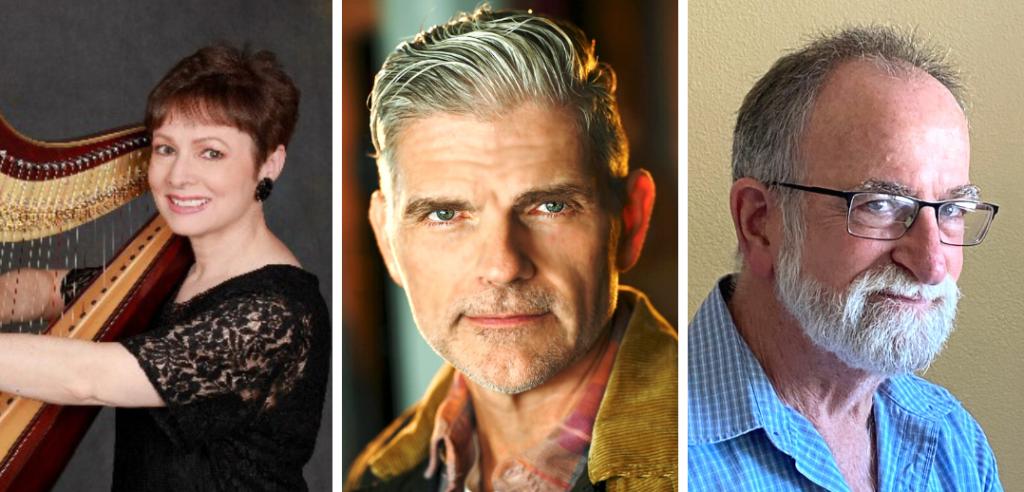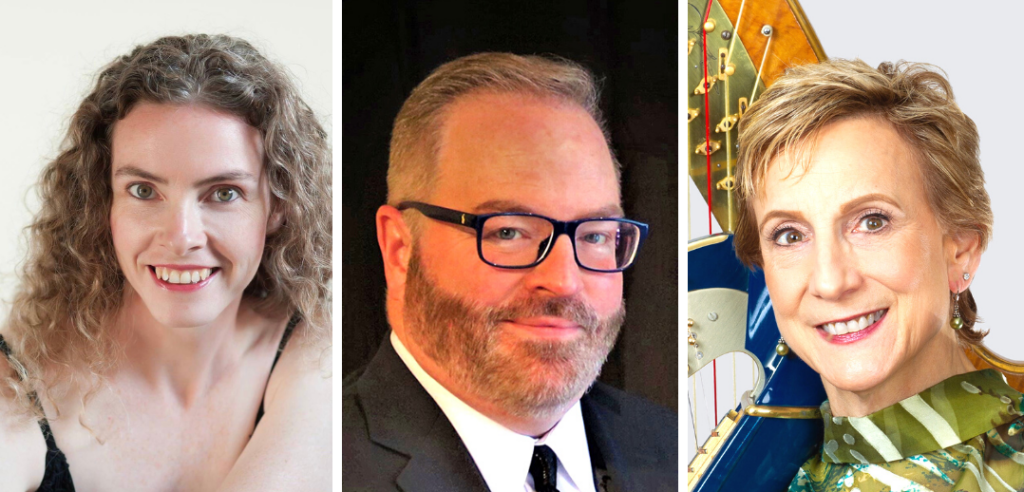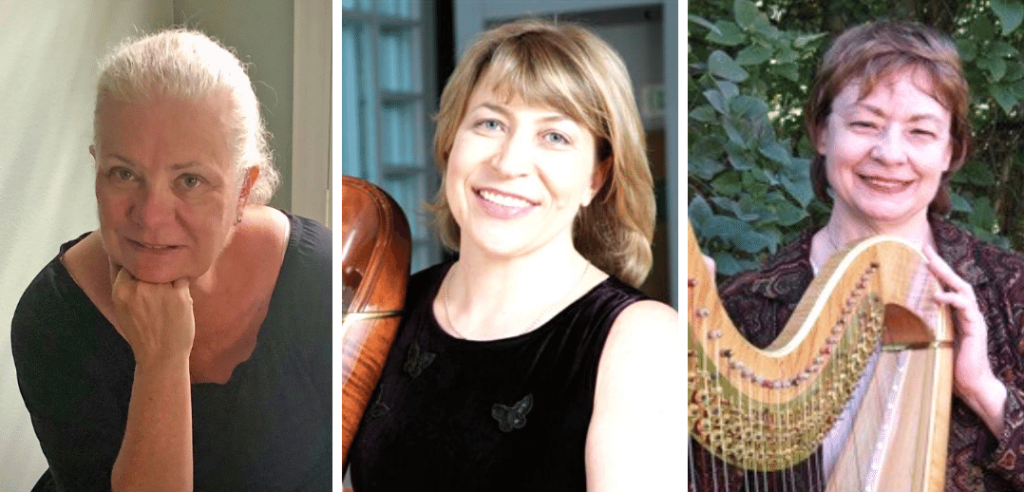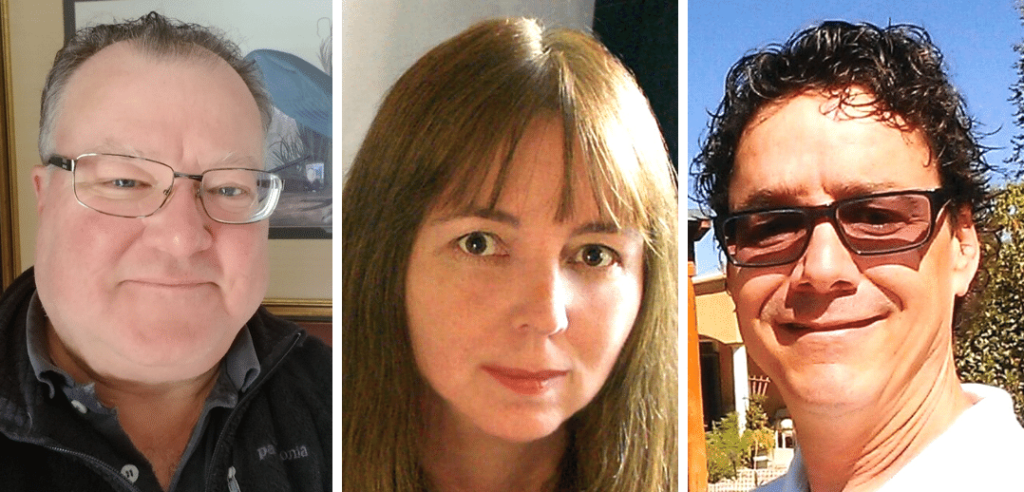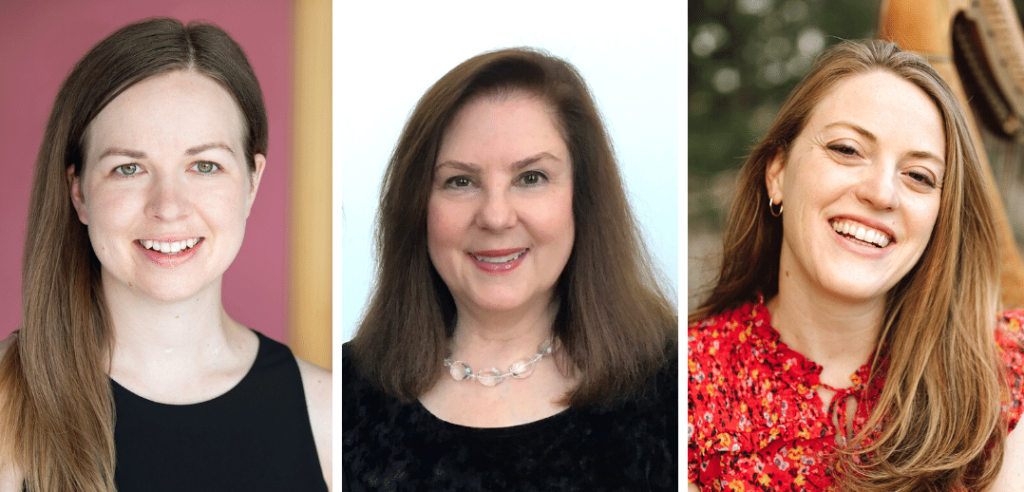
Usually your director just needs a little advice and information. You can remind them that piano parts are always more closely suited to the harp and easier to edit than violin parts. Also point them to searchable online databases where they can find ensemble music of all types that includes harp. Luck’s Catalog of Educational Orchestral Music and the Petrucci Music Library database are two that are probably already familiar to them. Make sure they are aware of the ultimate resource, the publication Harp in the School: A Guide for School Ensemble Directors and Harpists, edited by Chelcy Bowles. Though it’s currently out of print, it is worth tracking down a copy from a fellow harp teacher or library.
Do send an email or talk with the director in person, and always begin by thanking them for including your student in the ensemble. Too many directors end up taking the easy road, believing that it’s too much work to figure out how to include a harpist in their ensemble. So remember to praise the director who is going the extra mile to encourage your students and keep them involved.
—Anne Sullivan, State College, Pa.

If a conductor does not have consistent access to a skilled harpist, he may not be as familiar with repertoire that provides a worthwhile experience for both the harpist and the other musicians. There are many factors contributing to the conductor’s programming decisions, including the collective level of the group, the available forces within each section, a realistic understanding of rehearsal time requirements, and the overall vision of a concert program when it’s presented to the public. It may be helpful to collaborate with the conductor in advance of the season and to present a list of viable repertoire options for his consideration. It does take time to research these options, and it should be a shared project especially if the conductor is unfamiliar with the varying challenges of harp writing.
It is not realistic to feature a harp part in every work on the program but there are options available. One could potentially design a creative orchestration project that could involve the student studying the score with the conductor and experimenting with various orchestration options. In this way, the harpist becomes even more integrated with the orchestra, and the learning experience extends far beyond a particular program.
—Michelle Gott, Ottawa, Canada

It depends on the age and ability level of both the student and the orchestra. For an older, more advanced student, talk to the conductor and help him choose repertoire with an appropriate harp part. The conductor will likely be thrilled to have a harpist in the ensemble and to have help finding suitable repertoire. Your student might not play on every piece, but what better preparation for professional playing than to learn real-world orchestral works and practice tacets?
For a younger student, I think the best solution is to write parts for him. You know his strengths and weaknesses better than anyone, so you can tailor each part to be exactly what he needs. It might be a little extra work, but you can make these parts applicable to lessons by incorporating concepts that reinforce the solo repertoire he is learning. I factor these kinds of “arrangements” into my regular lesson planning time. The worst thing we can do is discourage students from orchestral playing by giving them parts that are too easy, too hard, or not idiomatic to the instrument. By putting in a little time and effort, we can ensure that students have positive and valuable learning experiences playing in ensembles at any age. •
—Megan Bledsoe Ward, Honolulu, Hawaii







